This series can now be supported on Patreon. Vote on the roadmap and monthly summaries for December and January are available as reward tier.
- chapter from the Ray Tracing Gems book
- describes the real-time GI preview system developed for the Frostbite engine, runs on the GPU asynchronously to the editor
- uses an irradiance cache light map approach with denoising applied
- presents performance and results of different acceleration techniques

- shows the frame breakdown of Shadow Fight 3
- rendering approach designed to reduce the number of draw calls
- explains how the rendering system was designed to take advantage of the game design constraints to find very cheap solutions for lighting, shadows, and reflections
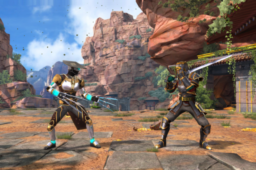
- presents performance optimizations done for the 2D rendering system
- reducing overdraw for blended objects
- discussion of texture compression formats for detailed 2D pixel art
- using YCoCg-DXT compression to split luma and chrominance
- requires two textures instead of 1 but still a performance win for the game
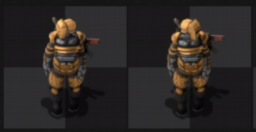
- shows how to set up full-screen quad geometry data so that attribute interpolation can be used to generate the camera rays in a vertex and pixel shader with few instructions

- card deck that introduces visual shapes and GLSL code required to create them
- combined with The Book of Shaders (by the same author) it provides a good starting point for artistic shader projects
- presents a brief look at the performance of emulating a custom command buffer format on top of OpenGL
- notices a 7% overhead from the command buffer parsing
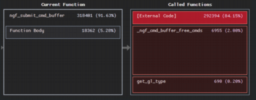
- explains how to create a pulsating vertex effect using Unity Shader Graph and the lightweight rendering pipeline
- shows how to set up the shader node graph and control parameters it from C# scripts
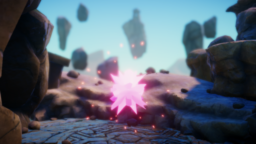
- shows how debug compute shaders when using BGFX
- a brief introduction into what is necessary to compile the project
- explains how to compile shaders so that debug information is available and can be used with RenderDoc and the Visual Studio Graphics Debugger
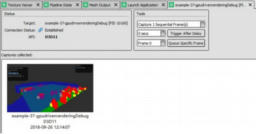
- open-source AMD Linux driver adds support to use async compute to cull primitives before the vertex shader stage
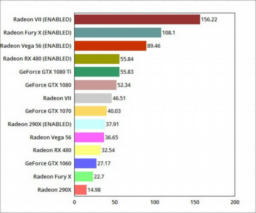
- added support for ray and path tracing for the D3D12 backend
- low-level abstractions and high levels features have been implemented
- includes GI path-tracer to generate reference images directly in the editor
- preview for render graph API
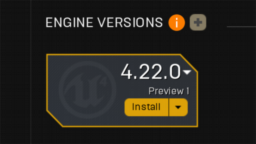
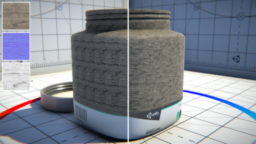
- list of Unreal events/talks/presentations that will take place at GDC

- presents a brief history of the development of WebGL and it’s adoption
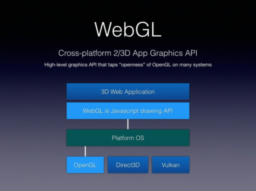
- presents the equations necessary to express point- and directional lights when only area lights are supported
Thanks to Angel Ortiz @aortizelguero for support of this series.
You would like to see your name here too? Become a Patreon of this series.